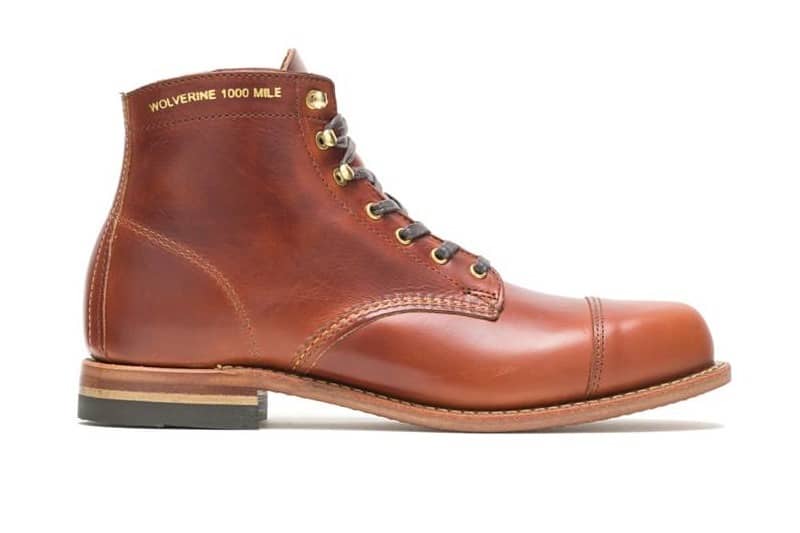1920s Mens Fashion Style Guide – A Trip Back In Time
Men would have a double breasted vest that came up high and fit snug. They would wear this with a single breasted jacket. This was a particularly common look among young men influenced by the styles of the modern art movement.
6. Pants



The twenties was a time of great variety for pant styles. Both straight and wide-legged pants were common, and for pants of a traditional length it was common to see “turn-ups.” This was seen in a wide bottom cuff, literally “turned up” from the bottom of the pant hem. The waist band came far higher than the wearer’s natural waist.
Another type of trouser commonly associated with the 20s were knickerbockers. These were baggy trousers worn in casual settings such as for golf or other sports. The knees were gathered, and they were typically worn with some kind of bright sock.
An offshoot of knickerbockers was a style called “plus-fours.” These were the same loose-fitting, gathered at the knee style, but they reached about 4 inches further down below the knee. Popular with golfers, they allowed for more freedom of movement when playing the sport. “Plus twos” were also available.
Overall, American style preferred baggier trouser styles, whether full length or the shortened knickerbockers. Men in the workplace had no need for casual golfing style, but they still preferred baggier full length trousers. These had plenty of material through the hip and thigh.
Many institutions banned plus fours and knickerbockers in an effort to reign in the casual styles of fashion. Although famous universities like Oxford required long pants, and knickerbockers didn’t survive to present times, the advent of more casual men’s fashion couldn’t be prevented.
Even the colors became brighter and more casual. Previously, solid or muted colors were most of the choices for men, but with the popularity of sports styles, patterns like stripes and checks as well as lighter colors became popular. This was attributed to the rise of the middle class, and the affluence of society in the post World War I age.



















